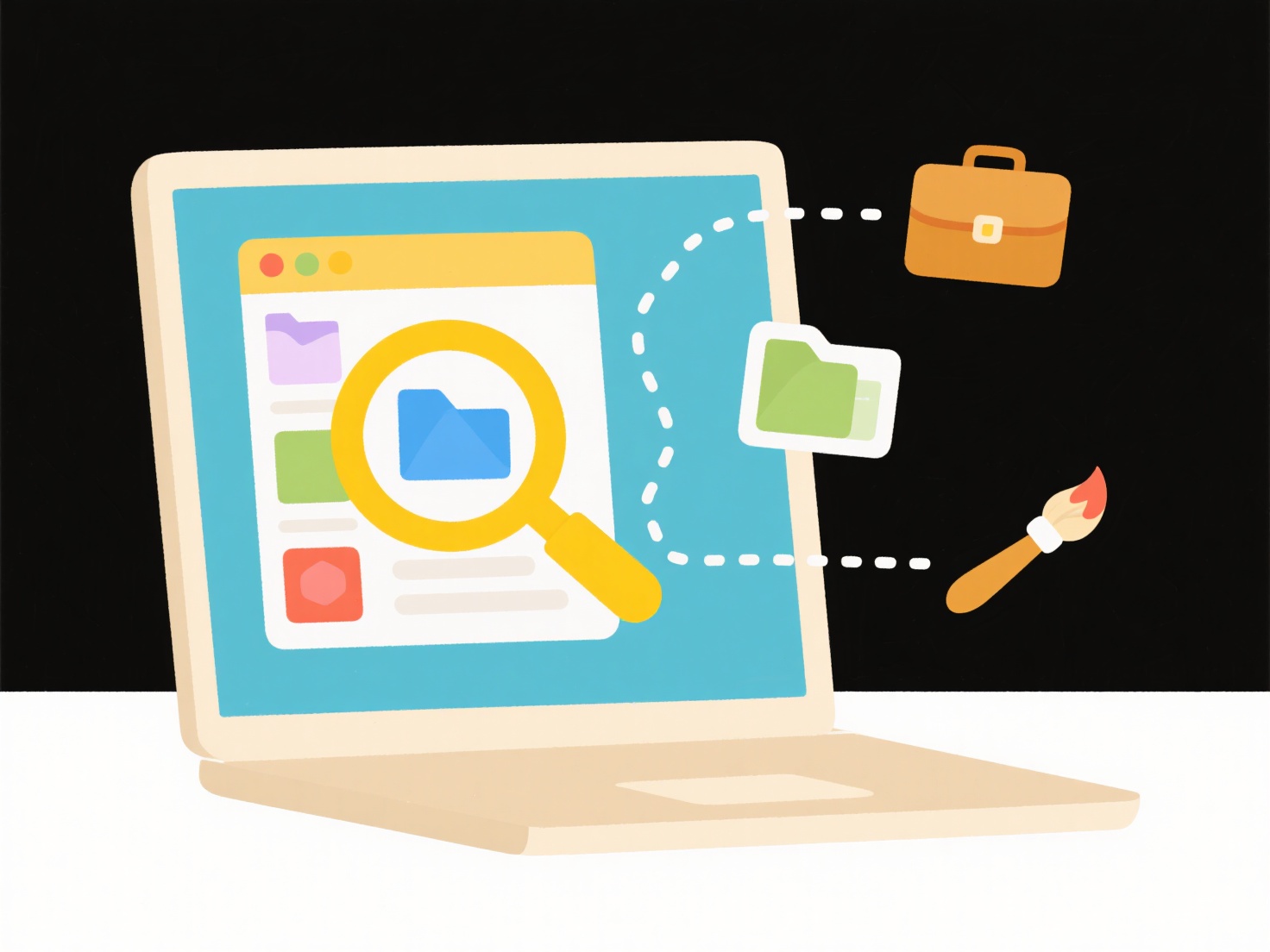
Smart Sync, also known as on-demand sync, is a cloud storage synchronization feature. It allows users to see all their files and folders stored in the cloud directly within their local file explorer (like Finder or File Explorer), without automatically downloading every file to their device. Unlike traditional sync methods that download a full local copy of all files, smart sync keeps files online-only by default, downloading them only when the user specifically opens them. This creates a seamless illusion of having all files locally available while minimizing local disk usage.

This technology is primarily used by cloud storage services to optimize local storage. For example, Dropbox offers "Smart Sync," enabling users to browse their entire cloud library through their computer's desktop interface; files marked online-only only download when clicked. Similarly, Microsoft OneDrive uses "Files On-Demand," allowing users to manage their storage space efficiently by choosing which files to keep locally and which to stream from the cloud on demand.
The major advantage is significant local disk space savings, enabling users to work with large cloud libraries from devices with limited storage, like laptops or tablets. Limitations include requiring an internet connection to access online-only files and potential delays opening large files for the first time. While convenient, it places reliance on both continuous cloud service availability and connectivity. The future involves broader integration and smarter caching mechanisms to improve the offline experience.
What is “smart sync” or “on-demand sync”?
Smart Sync, also known as on-demand sync, is a cloud storage synchronization feature. It allows users to see all their files and folders stored in the cloud directly within their local file explorer (like Finder or File Explorer), without automatically downloading every file to their device. Unlike traditional sync methods that download a full local copy of all files, smart sync keeps files online-only by default, downloading them only when the user specifically opens them. This creates a seamless illusion of having all files locally available while minimizing local disk usage.

This technology is primarily used by cloud storage services to optimize local storage. For example, Dropbox offers "Smart Sync," enabling users to browse their entire cloud library through their computer's desktop interface; files marked online-only only download when clicked. Similarly, Microsoft OneDrive uses "Files On-Demand," allowing users to manage their storage space efficiently by choosing which files to keep locally and which to stream from the cloud on demand.
The major advantage is significant local disk space savings, enabling users to work with large cloud libraries from devices with limited storage, like laptops or tablets. Limitations include requiring an internet connection to access online-only files and potential delays opening large files for the first time. While convenient, it places reliance on both continuous cloud service availability and connectivity. The future involves broader integration and smarter caching mechanisms to improve the offline experience.
Quick Article Links
Can I automate permission changes on schedule?
Automated permission scheduling systematically adjusts user access rights at predetermined times without manual interven...
How do I name files for automated workflows?
File naming for automated workflows involves establishing consistent rules for file names that software or scripts can u...
How do I label files by content category?
Labeling files by content category means assigning descriptive tags based on their subject matter or purpose rather than...